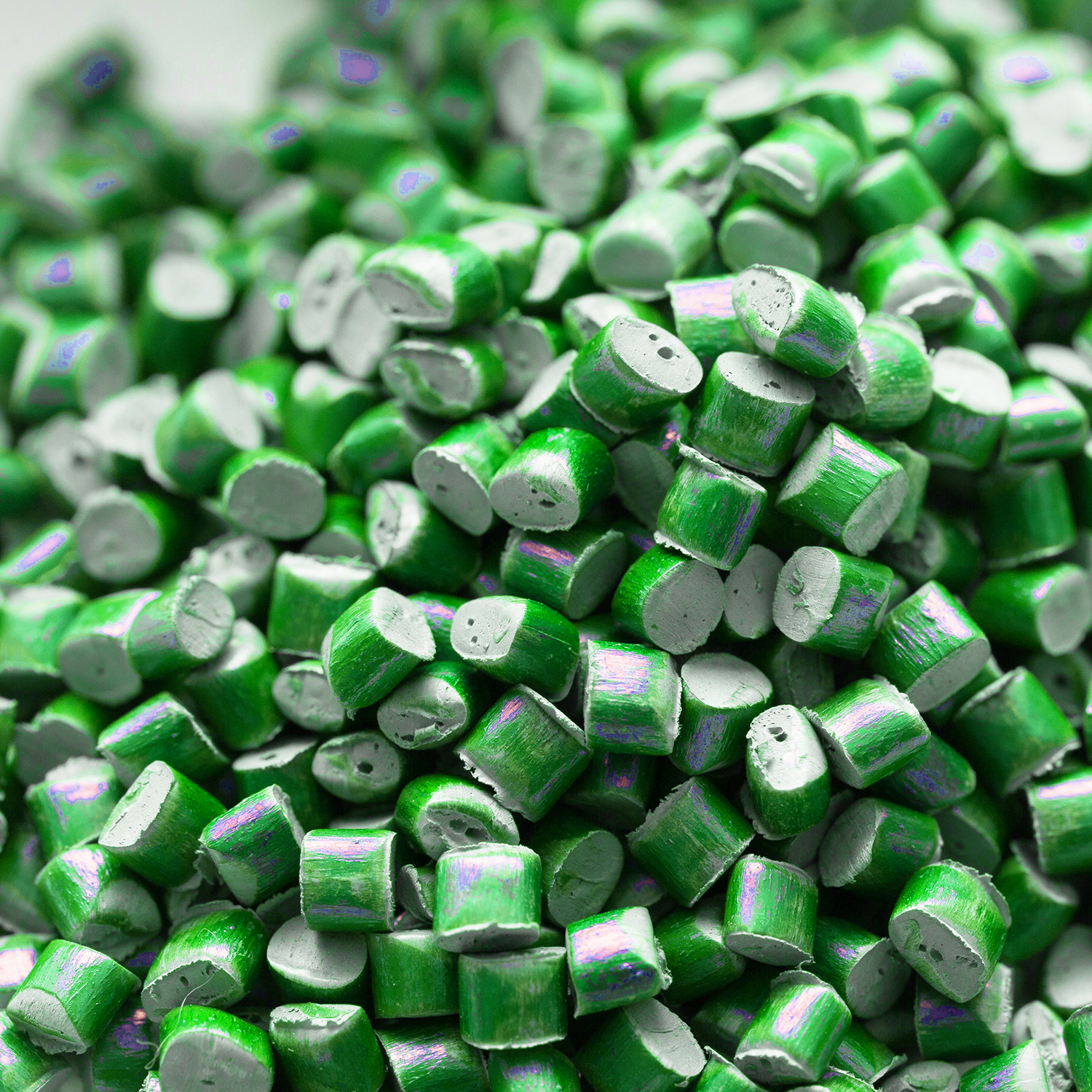
Posted on April 6th, 2018 by Carrier Vibrating
If there is one material that has made the biggest impact in the world and people’s everyday lives, it would be plastic. With over 335 million tons of plastic produced just in 2016, odds are you are surrounded by plastic products at every point during your day. Despite the prevalence of plastic, it still has very strict requirements that must be followed during production, otherwise there will be defects and quality control issues.
One of the main issues that plastic manufacturers have to contend with is managing the moisture levels of the raw plastic they are using, which is why a plastic dryer is used whenever plastic is being produced or used. Even if the plastic is only at 0.07% moisture levels it will cause issues during manufacturing and use.
When some plastics, such as PET, have high moisture content they will actually form a crystalline structure that prevents the melted plastic from becoming viscous enough to properly form materials and creates a very brittle end product. High moisture levels in other plastics will cause discoloration and cosmetic defects called splay.
Different Types of Plastics
When thinking about a plastic dryer it is important to know what type of plastic it is, because that will change how it needs to be dried. There are two main types of plastic in terms of how they absorb and retain moisture: hygroscopic and non-hygroscopic.
Hygroscopic
These plastics have the quality of attracting and absorbing moisture from the air and storing that moisture internally within the molecular structure. A few of the well-known types of plastic that are hygroscopic include acrylic, PET, polyurethane, polycarbonate, and nylon.
Non-Hygroscopic
Plastics in this category do not attract moisture internally from the ambient air and do not absorb moisture in their structure. Moisture can collect on the outside surface of the pellet however, either through condensation or just being in an environment with a high ambient air moisture level. Some plastics that this includes are Polyethylene, Polypropylene, Polystyrene, and PVC.
Types of Plastic Change Drying Requirements
Since these different types of plastics interact with moisture in different ways it is important to understand that they have different drying requirements to make sure they reach optimal moisture content levels to reduce defects and plastic production issues.
Non-hygroscopic plastics can typically be dried by passing the product through air hot enough to cause evaporation of the surface moisture.
Hygroscopic plastics cannot just be dried with hot air; they need to be surrounded by both hot and dry air for a specific length of time to allow evaporation of surface moisture to occur and for the vapor pressure of the surrounding air to be low enough to pull moisture out of the center of the pellet.
These plastic pellet dryer requirements make a vibrating fluid bed dryer a widely-used option for many plastic manufacturers. The fluidization of the pellets in the hot, dry air ensures that they are in the best environment to thoroughly dry, from the inside out since every side of the pellet will be exposed to the drying air. The time within the vibrating fluid bed can be controlled either through the length and size of the bed or through Carrier Vibrating Equipment’s patented Delta-Phase® Drive. This ensures that the plastic is in the drying environment long enough to reach the required moisture levels.
Contact us today to learn more about how the efficiency of a Carrier vibrating fluid bed dryer can help save you money and increase your production output and quality.






